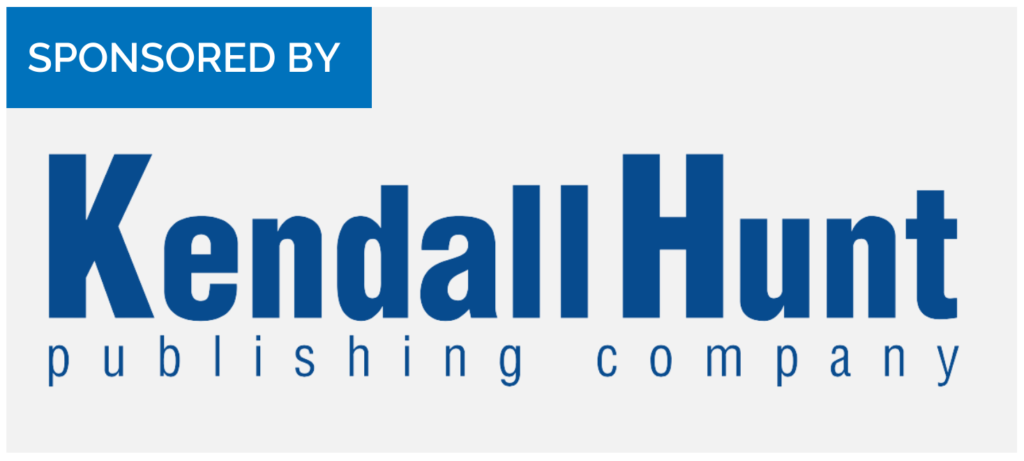The holidays can be wonderful times for reconnecting with family and friends; taking breathers from the daily-weekly-yearly chase of accomplishment; kindling or rekindling feelings of love, warmth, and generosity even to those who’ve published much more than you; and indulging in delectable seasonal goodies. But we academics often feel conflicted about how much time to “take off.”
Maybe we’re feeling the pressure of having to participate in holiday events. Maybe we’re worried about being grilled by well-intentioned family or friends about the progress of our dissertation, article, or book. Maybe we’re very aware of the dangerous loss of momentum from our work. Maybe we just don’t like all those jolly gatherings.
Here, from clients who have suffered through such “maybes,” I suggest three holiday strategies you can apply, depending on the severity of your “maybes” and your fortitude.







